It isn’t hard to see—sustainability starts with the design process. The materials we use, as well as the way in which we source them, is pivotal for the health of our planet. Fortunately, focus is turning to meet the challenge. Ultrafabrics’ Volar Bio, for example, represents one of industries first biobased, high-performance fabric, with a 29% Bio Preferred Program Label. Going beyond that, we’ve committed to incorporating at least 50% rapidly renewable or recycled resources into 100% of our portfolio by 2030, and are already almost halfway to achieving this goal.
Luckily, the rest of the design world seems to share our sentiment. Here are ten unique innovations that prove sustainable design isn’t only achievable, but fun!
Photo courtesy of © Ariane Prin, Luxiders
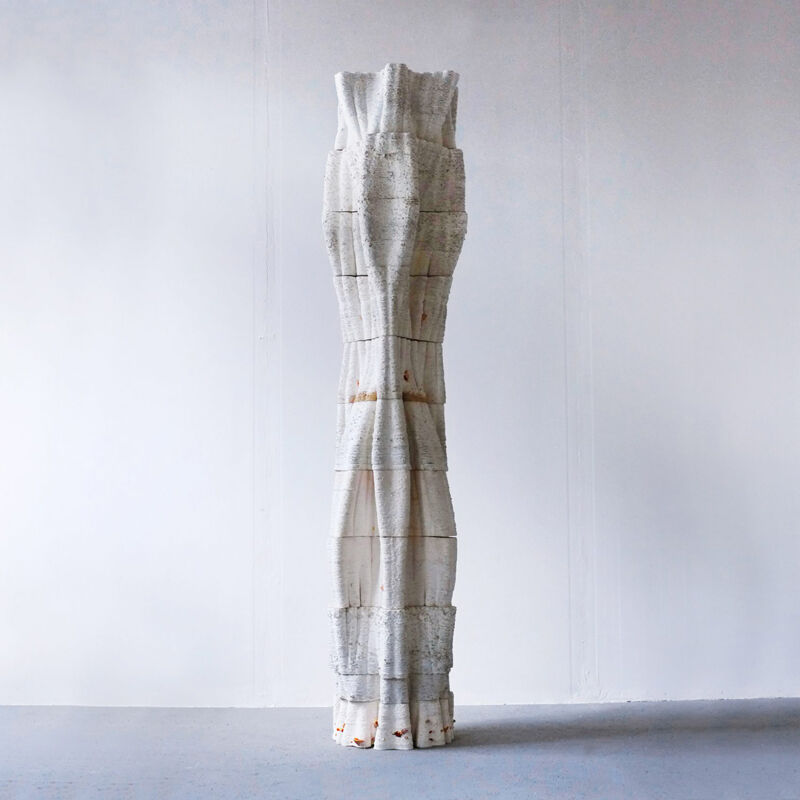
Photo courtesy of Dezeen
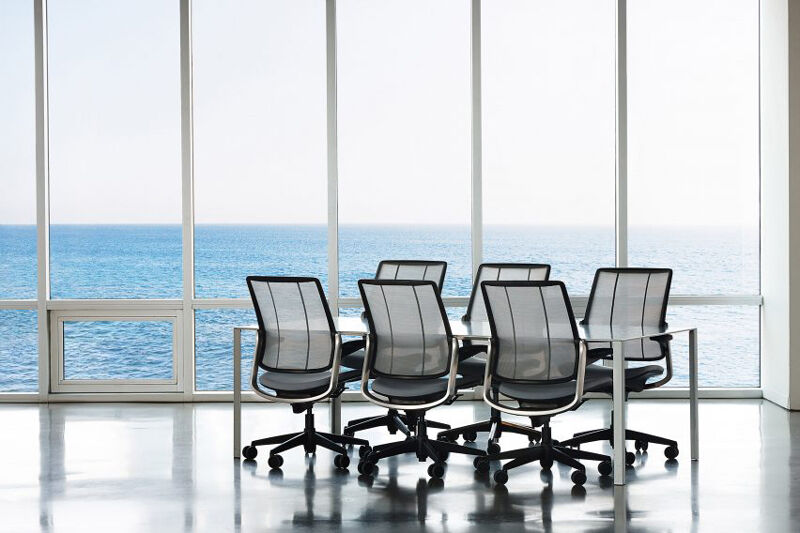
Photo courtesy of Dezeen

Photo courtesy of Going Zero Waste

Photo courtesy of Dezeen

Invented in 1984, Jesmonite is a type of eco-resin made from acrylic-modified gypsum. The material is water-based, making it a healthy alternative to traditional, oil-based polyester resins of higher toxicity levels. Gypsum is also one of the most commonly found minerals on our planet, reducing danger of depletion. Due to its lightweight feel and versatile functionality, Jesmonite was initially used primarily by builders and architects. Now, it has become a favorite of sculptors, like London-based Ariane Prin. Her collection of pots, vases, and trays is not only exquisitely crafted, but sustainably conscious.
Photo courtesy of © Ariane Prin, Luxiders
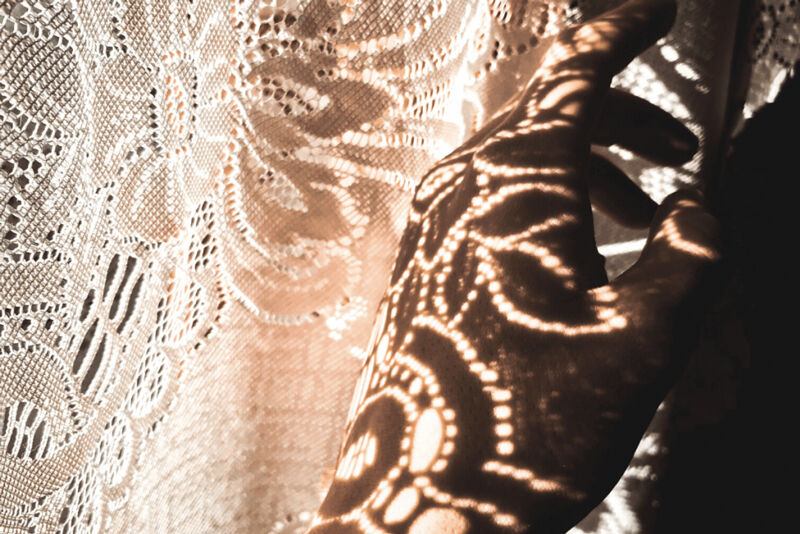
Photo courtesy of Iluna Group

Photo courtesy of Greenington
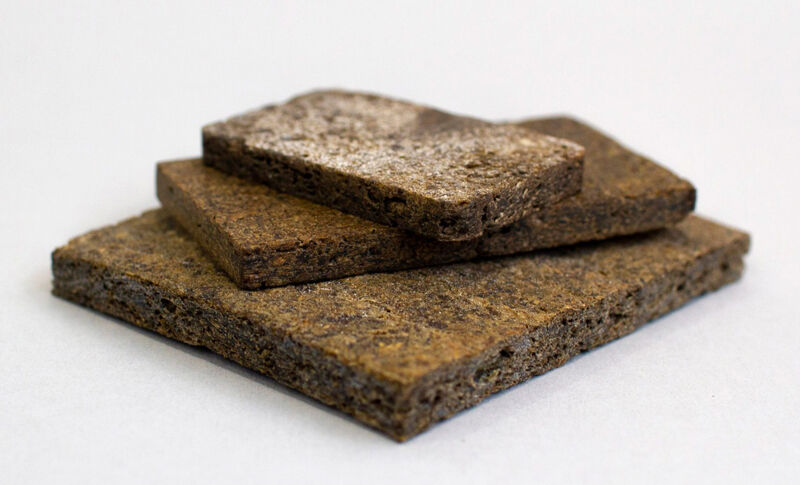
Photo courtesy of Dezeen
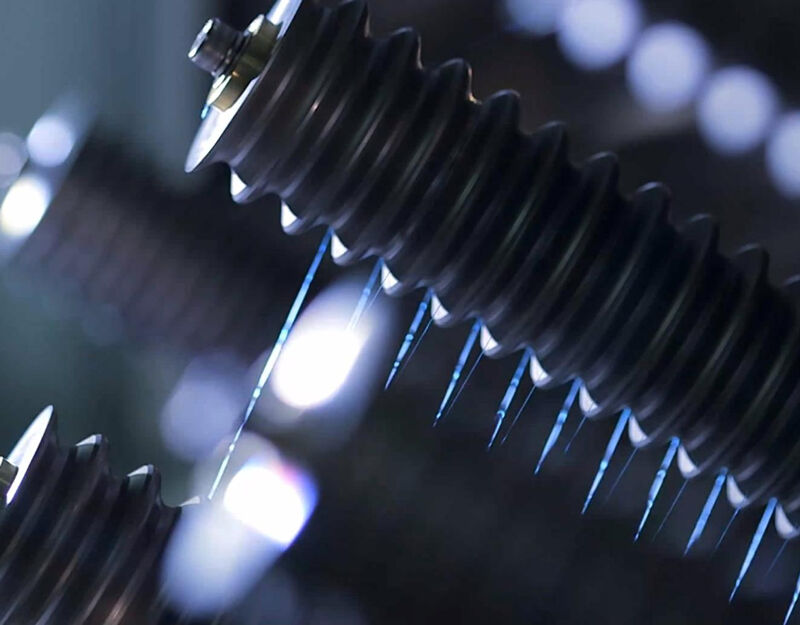
Photo courtesy of Spiber

The new material that’s currently the subject of several competing research trials is algae fabric. 3D printing combines bacterial cellulose (a fortifying organic compound) with algae, creating a fully compostable and biodegradable material. The algae of the fabric can still photosynthesize: the product absorbs carbon from the air and, in turn, releases oxygen back into the world. Yet another benefit comes from algae’s tendency to grow in water rather than on land, reducing threat of deforestation. Algae grows quickly, providing hope for successful large-scale production. Though the material is still in early development, many apparel companies view it as the new frontier in sustainable production.
Photo courtesy of Earthbuddies








